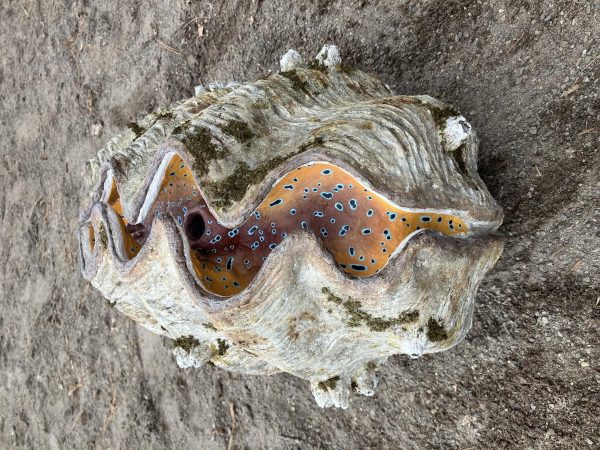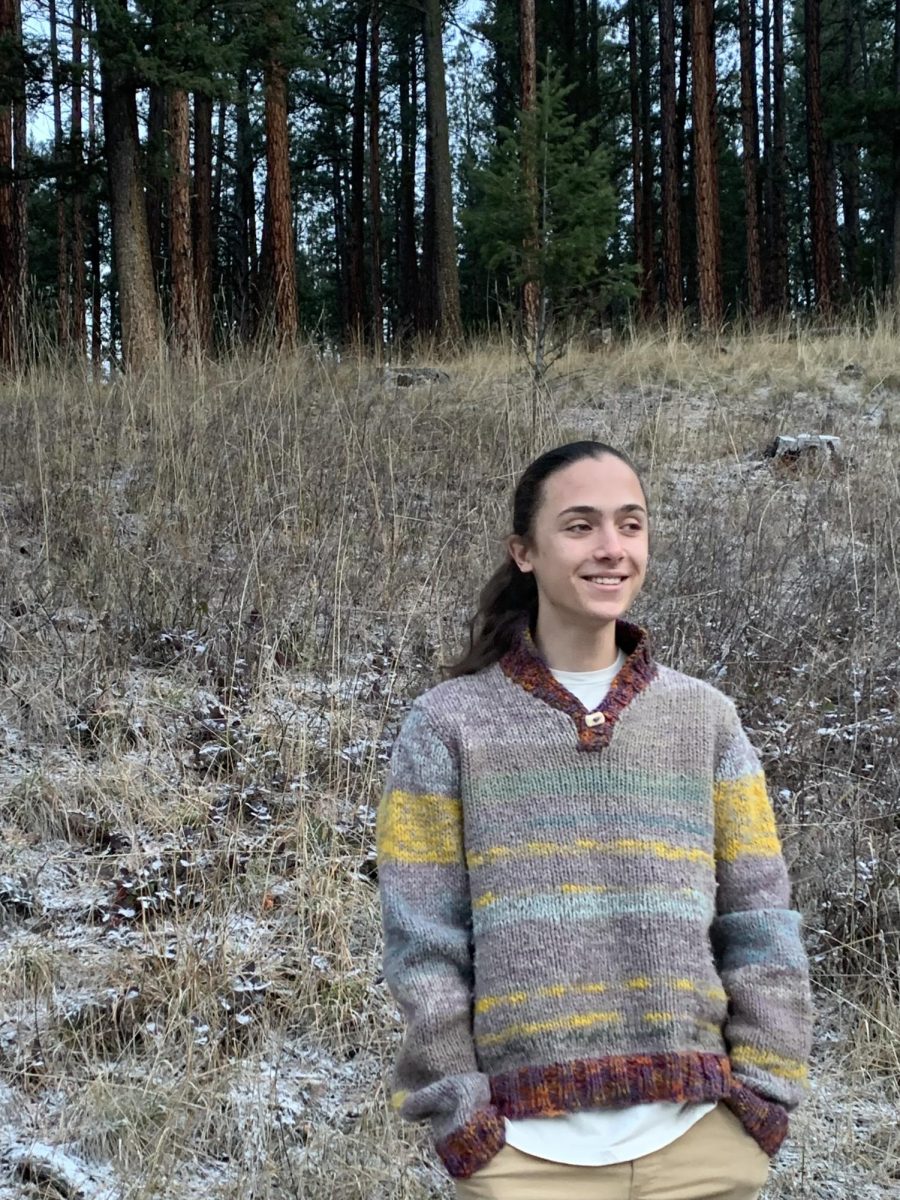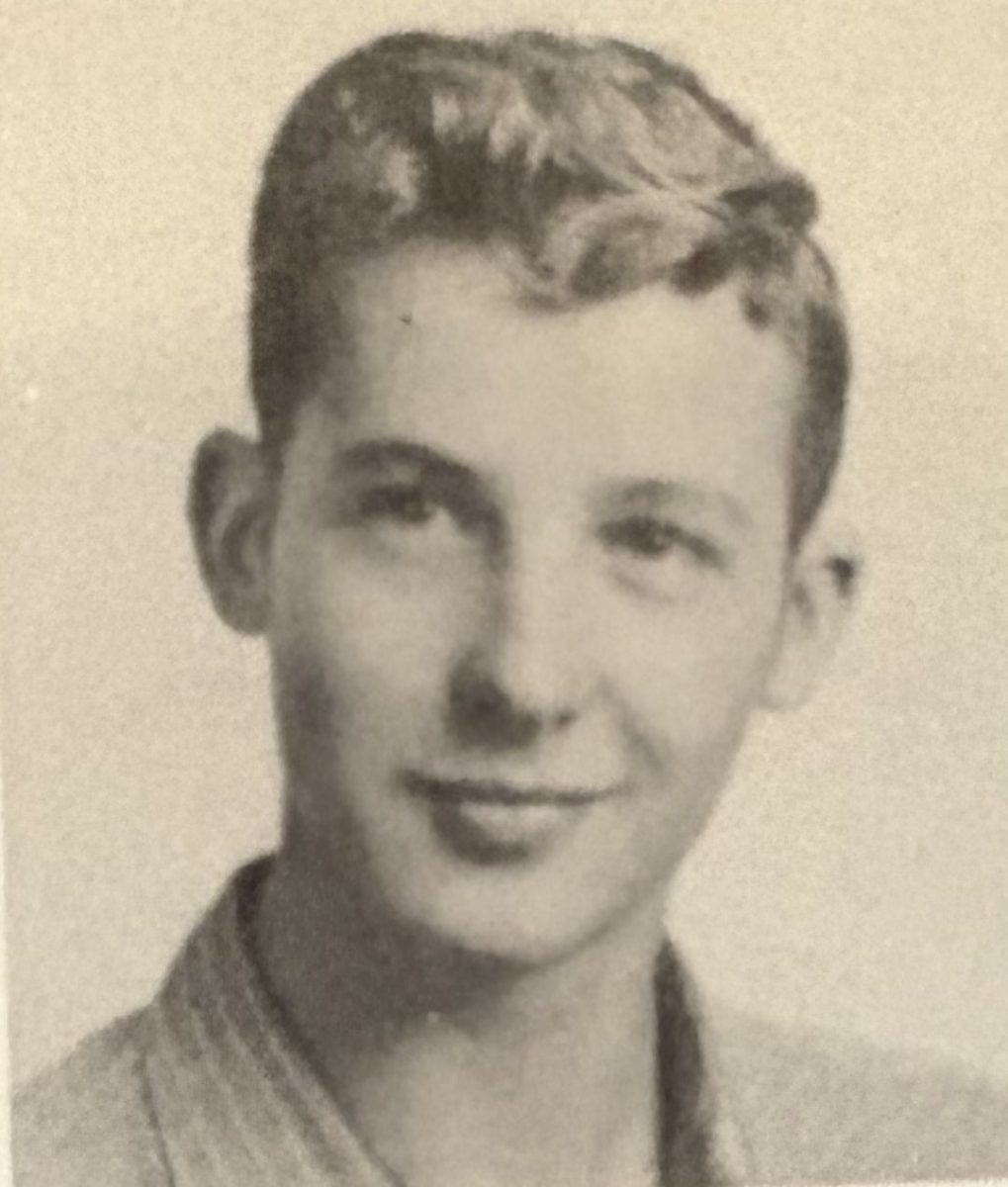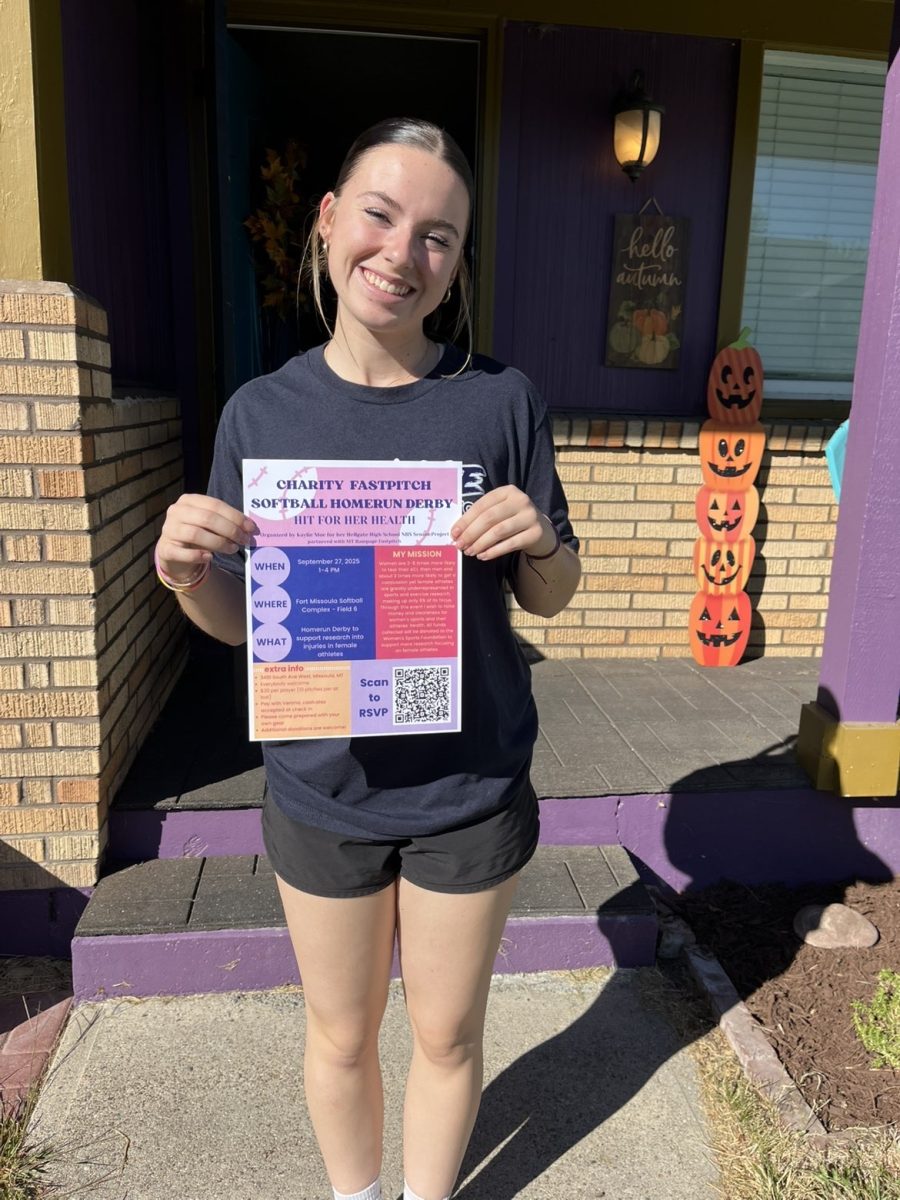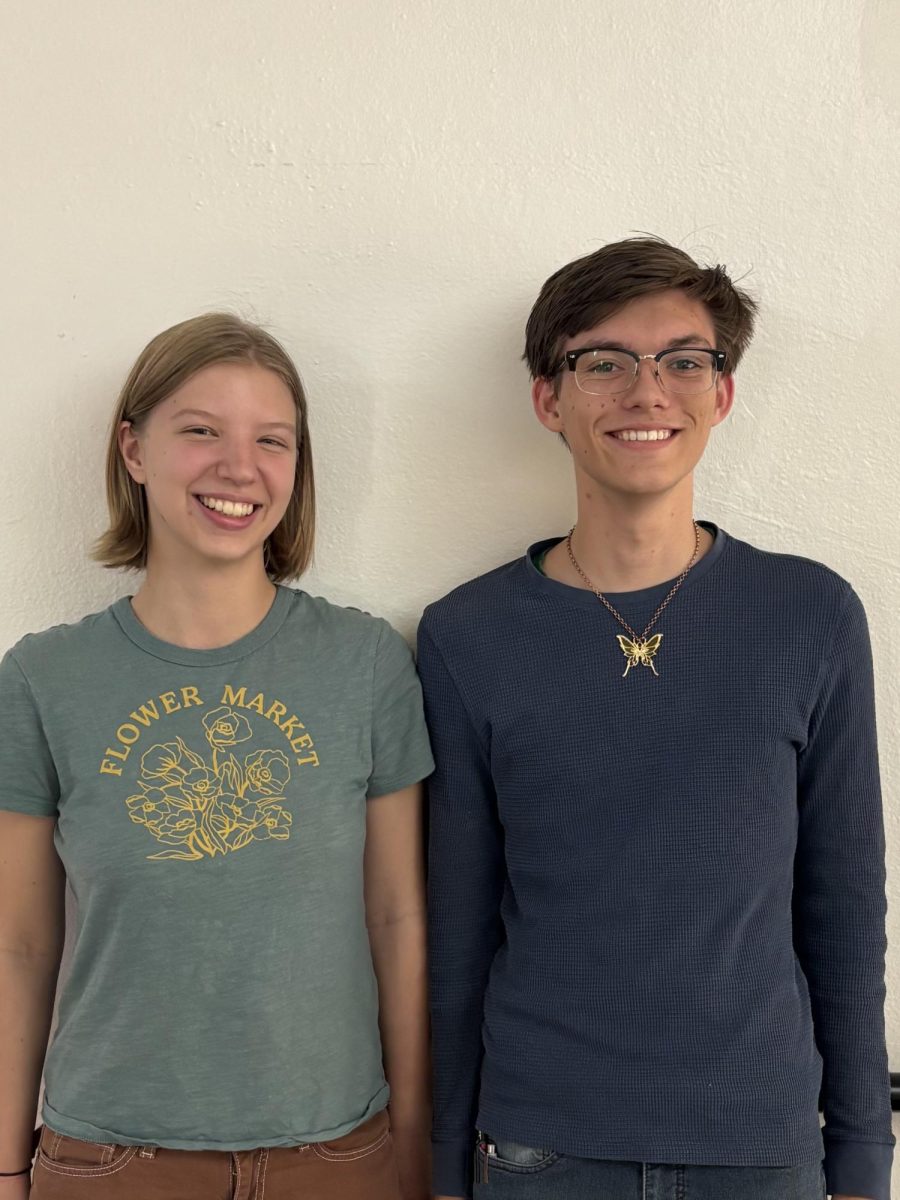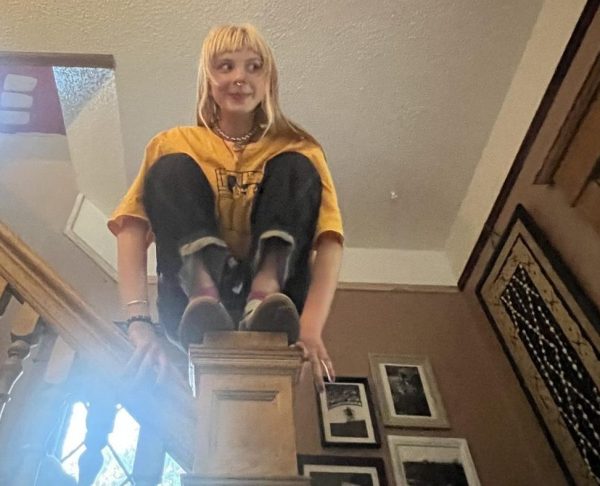Artist Lauris Reintjes is a sophomore at Hellgate who was welcomed to display his realistic animal sculptures at Confluence in Missoula for First Friday of February.
Reintjes recently started making his sculptures out of paper mache clay. Paper mache clay is a mixture of blended up tissue and toilet paper, drywall joint compound and glue or whatever sticky stuff he can find. Many of Reintjes’s sculptures are made from other materials such as polymer clay, faux fur, felt, but he said most are just made from papers that have been taped together.
As Reintjes is making animal sculptures, he listens to animal podcasts. In his art there are many issues regarding endangered species and extinction, and below every sculpture there was a page that touched on what the animal was and how it may be endangered.
Reintjes’ life is full of animals. At night he is reading books on animals to gather more information about them. “I have a list of quite literally thousands of animals that I want to make, but they’re all at risk of extinction.”
Without the pressure and consumption of school, Reintjes is in the studio from as soon as he wakes up until 9PM. In a week with no school it takes him about five to six full days of sculpting to finish a project, but with school it takes him around two and a half weeks.
Reintjes lives in the old house of Nancy Erickson who was a famous textile artist in Missoula. His family moved there specifically for the studio, which Reintjes shares with his father who does geometric paintings. His mom is a ceramic artist, so his life is quite literally surrounded by art.
Reintjes’ artwork is full of life, shocking every viewer when they find out it is a paper mache sculpture. Only words of astonishment come to my mind whenever I see something Reinjes has created.
Though I enjoyed every piece, my favorite piece was the giant clam (tridacna gigas). The clam’s situation is very underrepresented in the media. Most media on the giant clam leads to false senses of security involving the clam. The species has faced a population decline of 80% over the past century, which is very abnormal. The human race has traded the abundance of giant clams for the short term reward of harvesting them. I found this story to be very compelling, and I am so proud to hear that there is an artist who cares so deeply about the lives of such endangered species.
The inside of Reintjes’ giant clam is painted with an orange and red gradient and blue dots adding an abstract and playful feature to the piece. The outershell is crazy realistic and a true showcase of Reintjes’ skill sets.
This showcase of Reintjes’ art was unbelievably compelling, and I can only look forward to seeing more of his art at future shows across town. I recommend you check out more of his work whenever he is having a show.